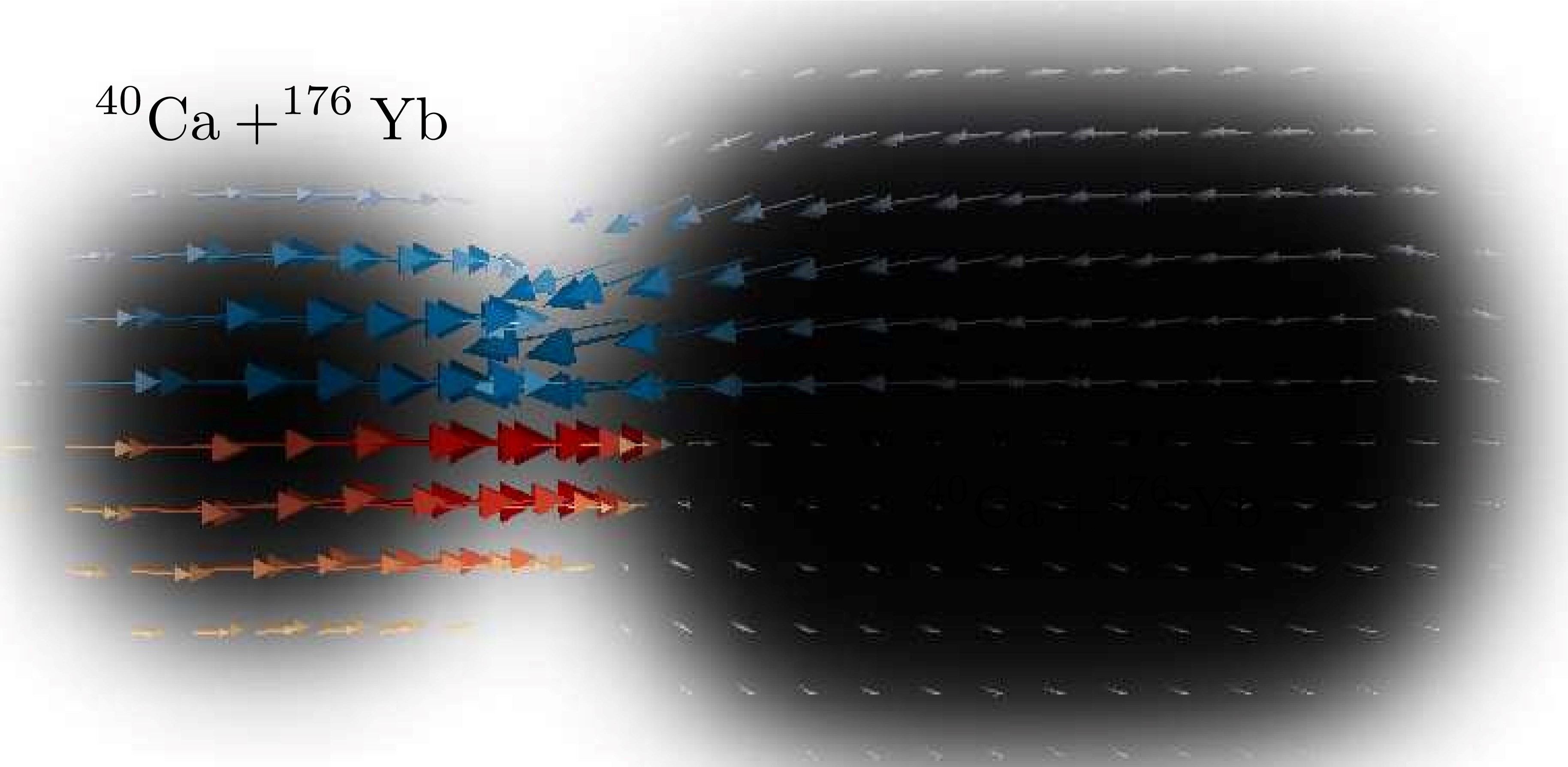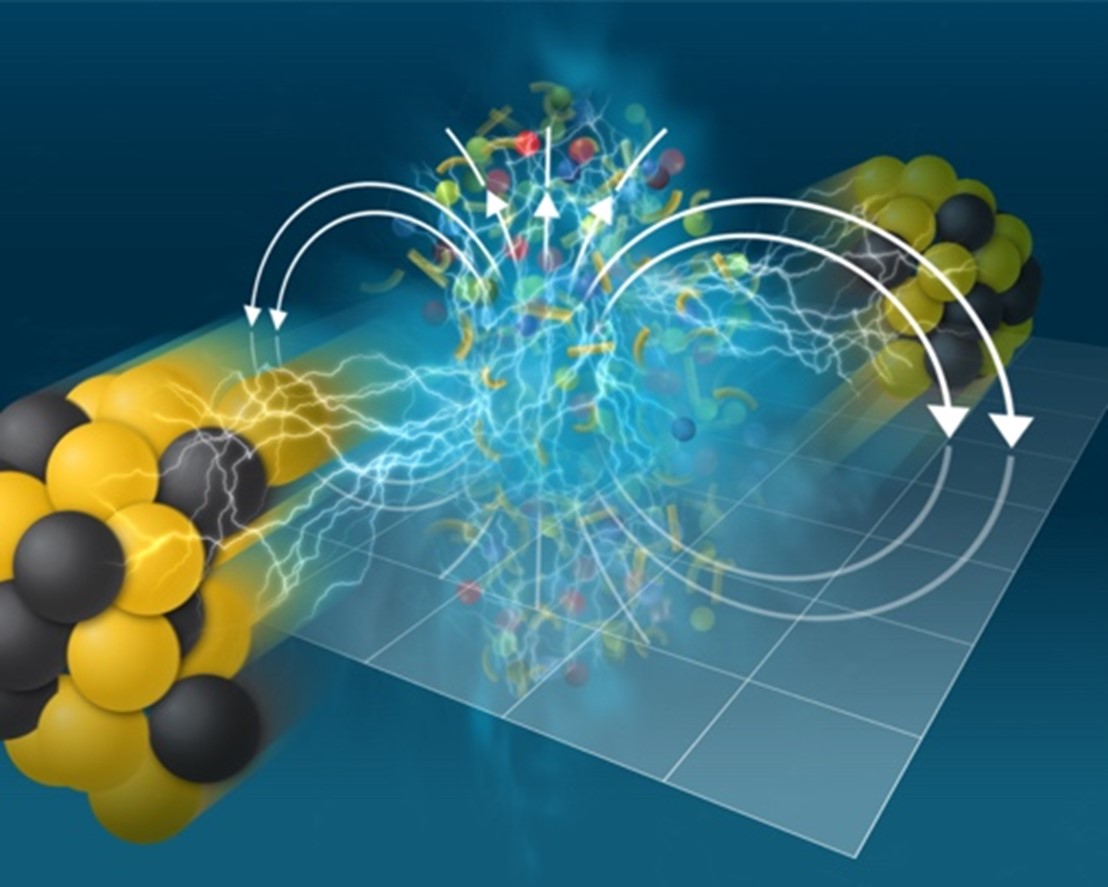Novel Hybrid Scheme Speeds the Way to Simulating Nuclear Reactions on Quantum Computers
Classical and quantum chips combine to simulate the collision of two neutrons on a present-day quantum computer.

The Science
The nuclear reactions that power the stars and forge the elements emerge from the interactions of the quantum mechanical particles, protons and neutrons. Explaining these processes is one of the most challenging unsolved problems in computational physics. As the mass of the colliding nuclei grows, the resources required to model them outpace even the most powerful conventional computers. Quantum computers could perform the necessary computations. However, they currently fall short of the required number of reliable and long-lived quantum bits. This research combined conventional computers and quantum computers to significantly accelerate the prospects of solving this problem.
The Impact
The researchers successfully used the hybrid computing scheme to simulate the scattering of two neutrons. This opens a path to computing nuclear reaction rates that are difficult or impossible to measure in a laboratory. These include reaction rates that play a role in astrophysics and national security. The hybrid scheme will also aid in simulating the properties of other quantum mechanical systems. For example, it could help researchers study the scattering of electrons with quantized atomic vibrations known as phonons, a process that underlies superconductivity.
Summary
A team of scientists at the University of Washington, the University of Trento, the Advanced Quantum Testbed (AQT), and Lawrence Livermore National Laboratory proposed a hybrid algorithm for the simulation of the (real time) dynamics of quantum mechanical systems of particles. In this hybrid approach, the time evolution of the particles’ spatial coordinates is carried out on a classical processor, while the evolution of their spin variables is carried out on quantum hardware. The researchers demonstrated this hybrid scheme by simulating the scattering of two neutrons at the AQT. The demonstration validated the principle of the proposed co-processing scheme after implementing error mitigation strategies to improve the accuracy of the algorithm and adopting theoretical and experimental methods to elucidate the loss of quantum coherence.
Even with the simplicity of the demonstration system this project studied, the results suggest that a generalization of the present hybrid scheme may provide a promising pathway for simulating quantum scattering experiments with a quantum computer. Leveraging future quantum platforms with longer coherence times and higher quantum gate fidelities, the hybrid algorithm would enable the robust computation of complex nuclear reactions important for astrophysics and technological applications of nuclear science.
Contact
Francesco Turro
University of Washington, InQubator for Quantum Simulation
fturro@uw.edu
Trevor Chistolini
University of California, Berkeley, Quantum Nanoelectronics Laboratory
trevor_chistolini@berkeley.edu
Sofia Quaglioni
Lawrence Livermore National Laboratory
quaglioni1@llnl.gov
Francesco Pederiva
University of Trento and Trento Institute of Fundamental Physics and Applications
francesco.pederiva@unitn.it
Funding
This work was supported by the Department of Energy (DOE) Office of Science, Offices of Nuclear Physics and Advanced Scientific Computing Research, the Laboratory Directed Research and Development program at Lawrence Livermore National Laboratory, the National Science Foundation Graduate Research Fellowship Program, the DOE National Nuclear Security Administration, Advanced Simulation and Computing program, and the InQubator for Quantum Simulation (IQuS) at the University of Washington.
Publications
Turro, F., et al., Demonstration of a quantum-classical coprocessing protocol for simulating nuclear reactions. Physical Review A 108, 032417 (2023). [DOI: 10.1103/PhysRevA.108.032417]
Highlight Categories
Performer: University , DOE Laboratory
Additional: International Collaboration



